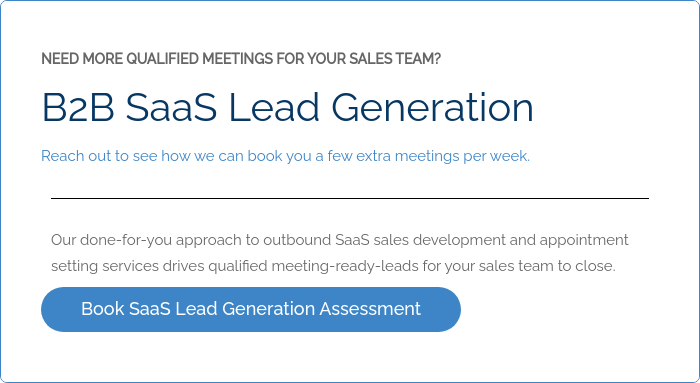A Comprehensive Guide to the SaaS Magic Number Benchmark
Are you looking for a way to measure the efficiency of your sales and marketing benchmarks efforts in your SaaS company? Look no further than the SaaS magic number formula.
The SaaS Magic Number is a sales efficiency metric that enables companies to evaluate the effectiveness of their sales and marketing programs. This powerful benchmark provides valuable insights into the growth sustainability and efficiency of your business, helping you make informed decisions for your company’s future.
In this blog post, we’ll delve into the nitty-gritty of the SaaS magic number benchmarks, from understanding its importance to calculating and interpreting the metric.
By the end, you’ll have a comprehensive understanding of this crucial sales efficiency metric and why it should be on your radar.
Short Summary
- The SaaS Magic Number is a crucial sales efficiency metric for evaluating sales and marketing effectiveness in SaaS companies..
- Sales efficiency metrics are vital for assessing resource allocation and comparing performance with competitors.
- Calculating the SaaS Magic Number involves considering factors like recurring revenue, sales and marketing costs, gross margins, and more.
- Interpreting the SaaS Magic Number benchmarks helps assess growth efficiency and investment returns.
- Strategies for improving the SaaS Magic Number include optimizing marketing efforts, reducing churn, and increasing expansion revenue.
Understanding the SaaS Magic Number
The SaaS Magic Number is a sales efficiency metric that measures the operational efficiency of a company’s financial health measure sales and marketing expense efficiency, as well as the sustainability of sales and marketing expenditure.
This metric is especially important because it offers insights into sales efficiency and whether customer acquisition costs are being recovered at a satisfactory rate.
As a result, the SaaS Magic Number enables companies to evaluate the effectiveness of their sales and marketing channels and make data-driven decisions to optimize their growth.
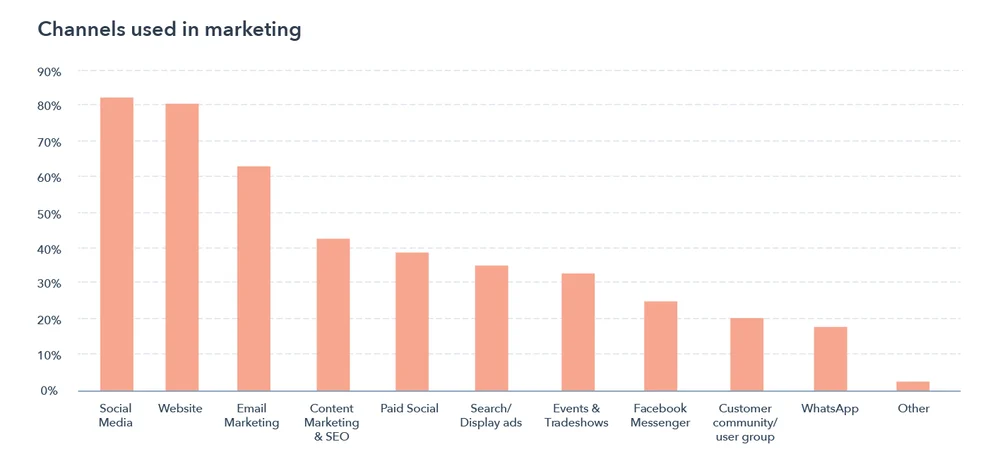
Importance of Sales Efficiency Metrics
Sales efficiency metrics play a pivotal role in measuring sales efficiency and customer success team and evaluating the impact of investments on outcomes. They help businesses understand how effectively they are deploying their resources to generate SaaS sales, allowing them to identify potential areas of enhancement, monitor development over time, and compare with other companies.
These metrics can also be leveraged to align your sales and marketing teams, and to measure sales efficiency and performance against competitors, ensuring that your sales and marketing activities are always operating at peak performance.
Marketing spend is an essential part of any SaaS business, and understanding marketing spend and its impact on revenue growth is key to success. The purpose of marketing spend in the SaaS Magic Number is to assess the effectiveness of a company’s sales and marketing initiatives prior quarter revenue.
A high SaaS sales and marketing dollar spend Magic Number indicates that a company is effective at converting sales and marketing investments into incremental revenue,, which is crucial for sustainable revenue growth.
In the next section, we’ll explore how to calculate the SaaS Magic Number and the factors that influence it.
Calculating the SaaS Magic Number Metric
The SaaS Magic Number formula uses the current quarter’s revenue and previous quarter’s revenue and sales and marketing expenses to calculate the metric. It is important to calculate the SaaS Magic Number formula on a quarterly basis, as sales and marketing expense numbers are typically reported quarterly by accounting.
By understanding the SaaS Magic Number, you and marketing and sales team can gain insights into the efficiency of your sales and marketing activities and make informed decisions to optimize your growth.
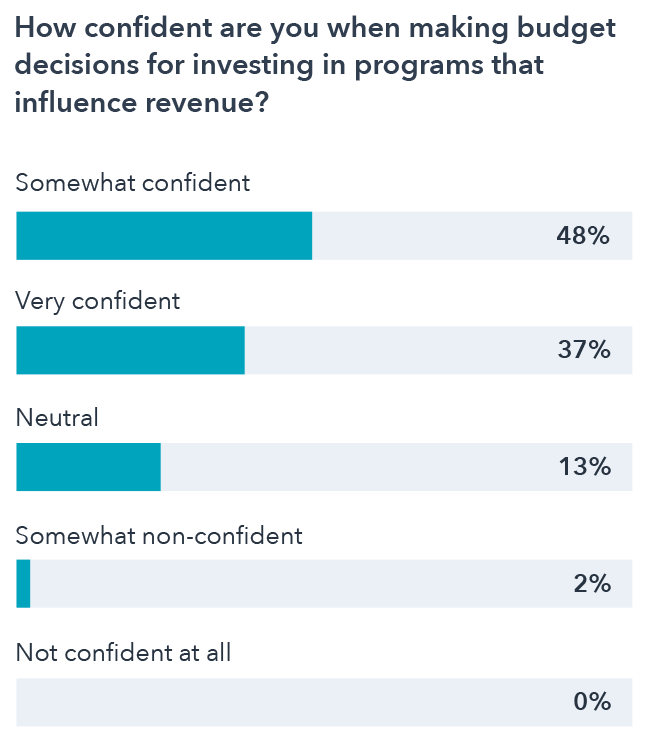
Magic Number eFormula Breakdown
To calculate the SaaS Magic Number, you’ll need to divide the previous quarter of new recurring revenue by the preceding period’s sales and marketing costs only. This formula takes into consideration the company the previous and current quarter’s recurring revenue, sales and marketing expenditure, revenue expansion, gross margins and Monthly Recurring Revenue (MRR).
It’s important to note that different components of the formula, such as Annual Recurring Revenue (ARR) and GAAP revenue, can provide different insights depending on the development of your SaaS companies or business model.
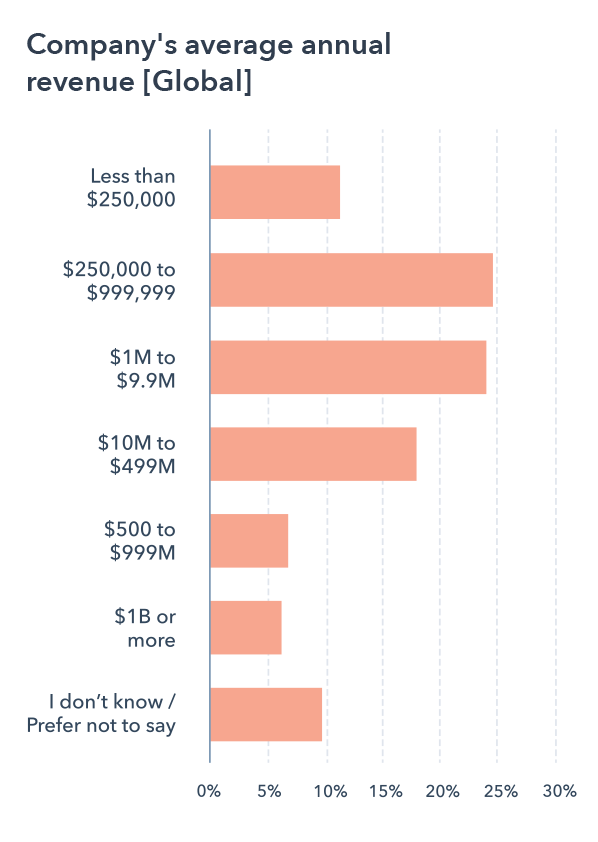
Factors Affecting the Magic Number
Factors such as customer acquisition costs (CAC), churn rate, and net of dollar spent on retention (NDR) can affect the magic number. These factors can influence the magic number greater the overall efficiency of your sales and marketing campaigns, and should be taken into account when interpreting your SaaS’ Magic Number calculation.
By understanding how these factors impact your magic number, you can make more informed decisions about your sales and marketing strategies to optimize your growth.
Interpreting the SaaS Magic Number Formula
Interpreting the SaaS Magic Number benchmarks can provide valuable insights into your company’s sales and marketing efficiency. A magic number of 1 is considered ideal measure sales and marketing investment efficiency, as it indicates that the sales and marketing investment is capable of generating additional revenue with a payback period of 1 year.
However, a magic number below 1 is deemed inefficient, while a magic number above 1 suggests more efficient sales growth but potentially underinvestment in sales and other marketing costs.
In the following sections, we’ll further explore the different benchmarks and what they mean for your business.
Below 0.5 – Inefficient Growth
A magic number less than 0.5 suggests a problem with the business model, such as no gross margin, below gross margins, a below gross margin, high cost of service or a lack of product-market fit. This indicates that the company is incurring more expenses for new customer acquisition than the incremental revenue generated from them, or other metrics implying an inefficient growth and sales efficiency.
If your SaaS Magic Number is below 0.5, it’s crucial to prioritize rectifying the situation before allocating additional resources to your sales and marketing teams or other marketing teams.
Between 0.5 and 0.75 – Mixed Results
When your SaaS Magic Number falls between 0.5 and 0.75, you’re experiencing mixed results. This could be attributed to growth issues or a product that has yet to acquire sufficient market traction.
The principal threshold for the SaaS magic number is 0.75. When approaching this mark, businesses should take financial data and contemplate whether to augment their marketing investment or expand their sales team based on their cash runway, free cash flow, and gross margins.
Above 0.75 – Efficient Growth
A magic number greater 0.75 signals that it’s time to build sales and marketing, as your company is effectively utilizing its resources to generate additional new revenue now. Efficient monthly payback numbers can withstand increased in marketing spend and sales expenses well, allowing new recurring yearly revenue growth and for your company to grow sustainably.
However, if your magic number is low, it’s essential to focus on improving the metric by optimizing your SaaS sales efforts.
Improving Your SaaS Magic Number
Improving other SaaS metrics are always top of mind for executives, but your SaaS Magic Number requires a strategic approach to optimizing your sales and marketing channels and efforts, reducing churn, and increasing expansion and annual recurring revenue, too. By focusing on these areas, you can enhance your company’s sales and marketing efficiency further, average revenue, and ultimately boost your magic number.
In the following sections, we’ll explore some strategies you can implement to achieve these goals and improve your SaaS Magic Number.
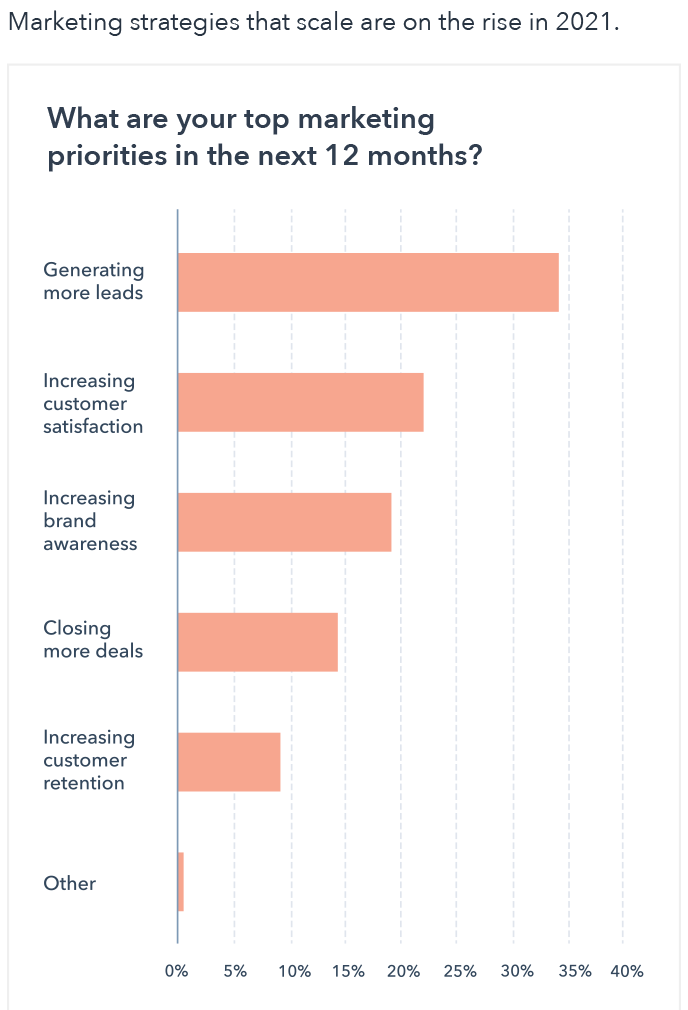
Optimizing marketing efforts involves analyzing customer data, segmenting audiences, and testing different strategies to maximize ROI. By leveraging data and analytics, you can gain insights into your target audience and identify areas for improvement in your marketing processes and channels.
Additionally, incorporating automation, utilizing social media, and iterating your own marketing strategy and process based on collected data can lead to more effective marketing solutions and ultimately improve your magic number.
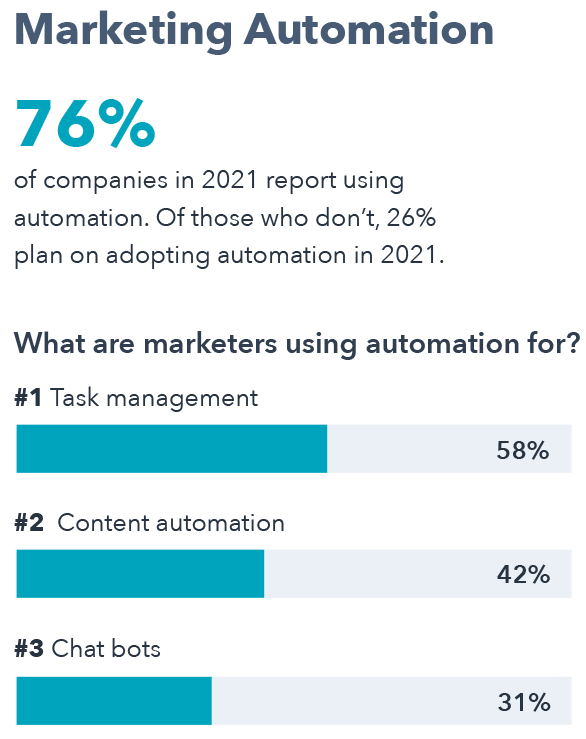
Reducing Churn and Increasing Expansion Revenue
Reducing churn and increasing expansion revenue can be achieved by running surveys or using NPS surveys to proactively identify problems. Focusing on new and existing customers, and upselling existing customers and new customers together can also help reduce churn, as well as provide an opportunity to increase expansion revenue.
Additionally, providing excellent customer service and collecting customer feedback on a regular basis can help you and customer success team identify areas of improvement with existing customers and develop strategies to increase customer retention.
Complementary Metrics for a Holistic View
While the SaaS Magic Number is an invaluable metric for assessing the efficiency of your sales and marketing efforts, it’s essential to consider complementary metrics such as Customer Acquisition Cost (CAC), churn rate, and Net Dollar Retention (NDR) for a more holistic view of your company’s health.
Analyze these additional metrics alongside the SaaS Magic Number, you can gain a comprehensive understanding of your company’s performance and make more informed decisions for its future growth.
Customer Acquisition Cost (CAC)
CAC measures the profitability of marketing dollar spent on customer acquisition and is important for growth. This metric factors in churn and customer success effectiveness into customer acquisition costs, allowing you to evaluate the efficiency of marketing dollars per dollar spent on your customer acquisition efforts.
By understanding your CAC for new customers and how it relates to your SaaS Magic Number, you can make more informed decisions about your growth marketing strategies to optimize your business growth.
SaaS Churn Rate
Churn rate is essential for projecting future profitability, as high churn requires more marketing and sales dollar spending. However, increasing your expansion monthly recurring revenue (MRR) and revenue churn rate can achieve negative churn and gross margin, and reduce sales and marketing dollar budgets.
When you focus on reducing revenue churn and optimizing’s expansions of your MRR rare, you can start improve your SaaS Magic Number to fuel your company’s revenue growth.
Net Dollar Retention (NDR)
Net Dollar Retention (NDR) measures customer loyalty and helps you understand customer lifetime value. By considering NDR alongside your SaaS Magic Number, you can optimize your pricing and improve the overall customer experience.
With a comprehensive understanding of these complementary metrics, you can make data-driven decisions to drive your company’s growth and success.
SaaS Magic Number Summary
In conclusion, the SaaS Magic Number is a powerful sales efficiency metric that provides invaluable insights into the growth sustainability and efficiency of your business.
By leveraging SaaS magic number calculator, SaaS platforms understanding their SaaS magic number, its calculation, and interpretation, as well as complementary other sales efficiency metrics above, like CAC, churn rate, and NDR, you can make informed decisions to optimize your sales development efforts. As you continue to refine your strategies and focus on improving your SaaS Magic Number, you’ll be well-equipped to drive your company’s growth of new revenue.
SaaS Magic Number Frequently Asked Questions
What is a good magic number for SaaS?
For a SaaS company, a good magic number should be above 1.0, signaling that the sales and marketing expenses are being balanced with the revenues. Numbers between 0.75 and 1.0 can also be acceptable if proper adjustments are made to increase the sales and marketing expense efficiency.
Ultimately, the higher the magic number, the better the SaaS companies performance.
What is the magic ratio in SaaS?
The Magic Ratio in SaaS is the ratio of revenue gained to the amount spent on sales and marketing expenses and channels.
This ratio is important in gauging the effectiveness of sales and marketing costs expense a company’s operations and its ability to sustain its investments in sales and marketing efficiency and other marketing channels.
Ultimately, the higher the ratio yearly revenue growth is, the more efficient and profitable a SaaS’ business model will be.
What is the magic number for CAC ratio?
The magic number for CAC ratio is 1.0, which is sometimes referred to as the Bessemer magic number. This ratio indicates that if it’s over 1.0, there is room to keep investing in sales and marketing. But if it’s less than 1.0, extra caution should be taken when monitoring spending.
Why is the SaaS magic number important?
The SaaS Magic Number is an essential metric for software-as-a-service companies as it provides insight into the efficiency of previous quarter’s sales channels.
It can be an indicator of revenue growth sustainability, while also providing a sense of whether sales and other marketing dollars are being managed effectively.
As such, it’s an important number to take into consideration when analyzing the overall performance of your business.
What is the magic ratio in SaaS?
The Magic Ratio is one of the pillar SaaS metrics is a measure of the success of a company’s sales and marketing channels, which is represented by the ratio of yearly recurring revenue growth to the amount spent on sales and marketing.
This number can provide valuable insights into other metrics of a company’s operational efficiency, current quarter’s recurring revenue, and the sustainability of incremental monthly recurring revenue being generated saas business from its sales and marketing investments.
By understanding the Magic Ratio, companies can make informed decisions about their sales and marketing investments and ensure that they are getting the most out of every dollar spent on their efforts.
This can help them maximize their return on investment and ensure that the incremental revenue generated now by their sales and marketing campaigns are sustainable in the long run.

